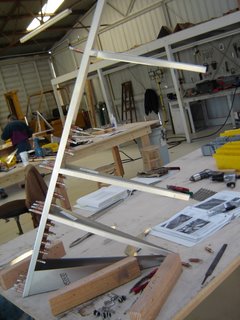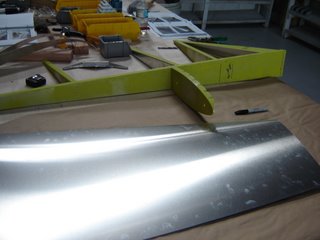

Project Status:
Horizontal Stabilizer: 16 hours spent, 3 pieces borked ( 3h, 2h, 2h, 2h, .5h, 1.5h, 3.5h, 1.5h )
Rudder Done, minus horn : ~16 hours spent, ( ~8h, ~8h )
Workshop Done: ~8 hours




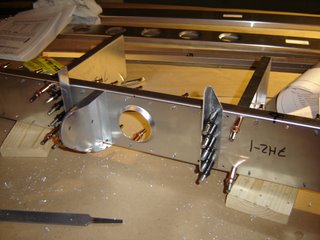

"One thing I learned from this very list is to sleep on a mistake and fix it the next day. Extremely valuable advice, seems always to work..."


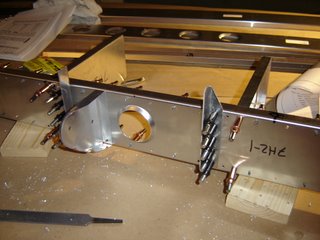
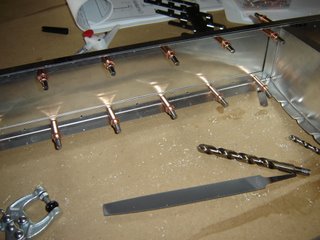


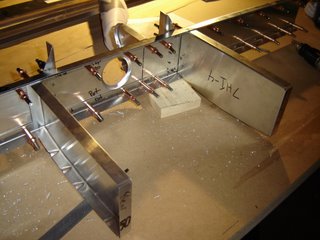
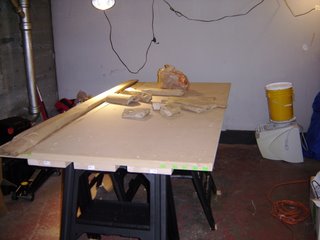

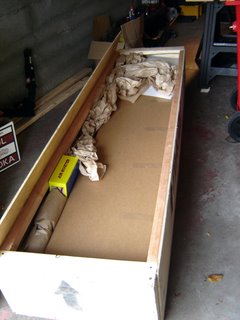

 After much unpacking we finally got started on the workshop tonight. A few hours of cleaning a prep found a few issues that need to be resolve. The largest is the need for two more saw horses to provide the flattest most stable workbench possible. A storm drain in the center of the garage is causing un-evenness. Next to that is the need for more lighting and finally tool organization. While not pretty, and far from part 23 certified, this space will work.
After much unpacking we finally got started on the workshop tonight. A few hours of cleaning a prep found a few issues that need to be resolve. The largest is the need for two more saw horses to provide the flattest most stable workbench possible. A storm drain in the center of the garage is causing un-evenness. Next to that is the need for more lighting and finally tool organization. While not pretty, and far from part 23 certified, this space will work.


